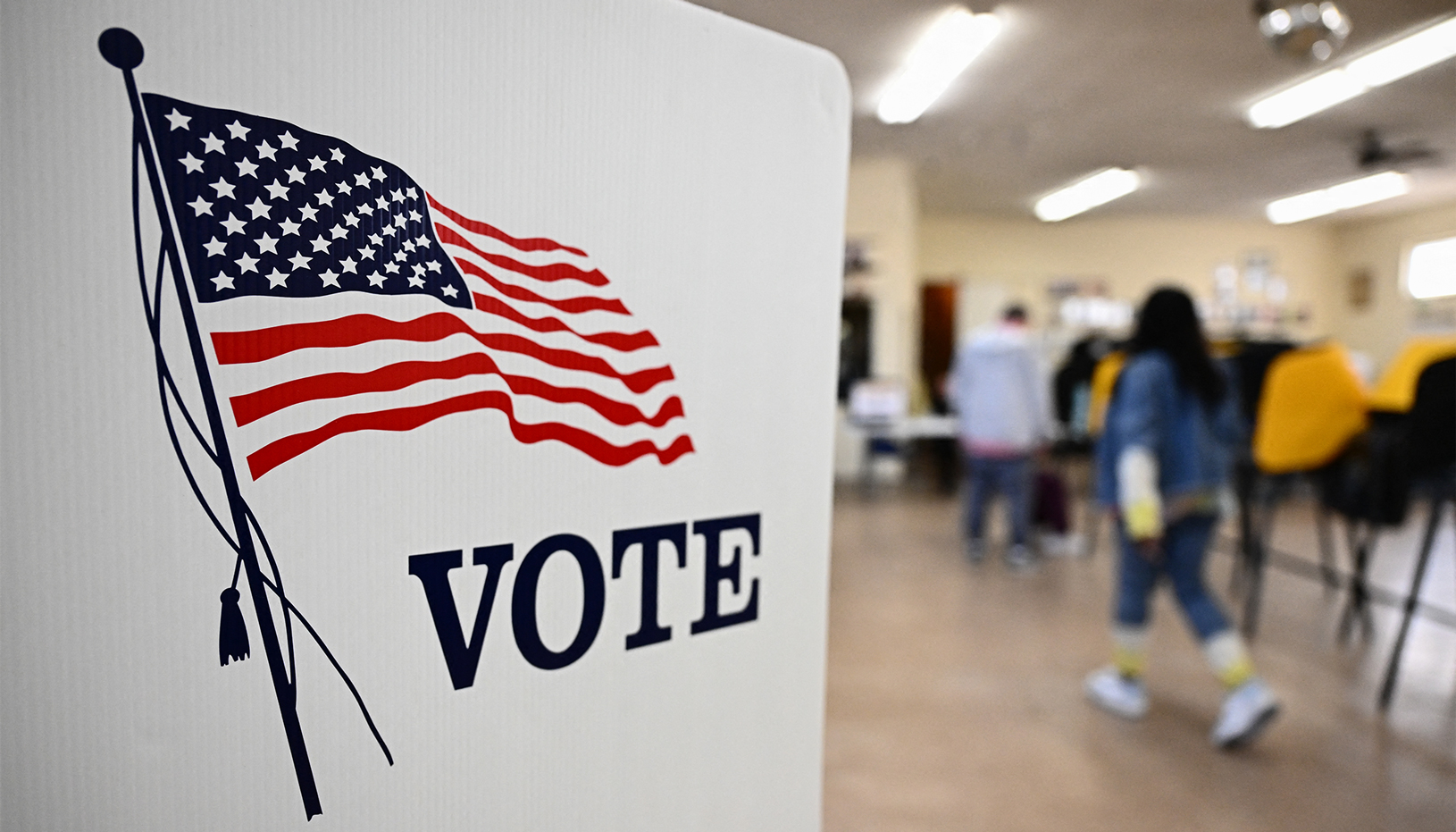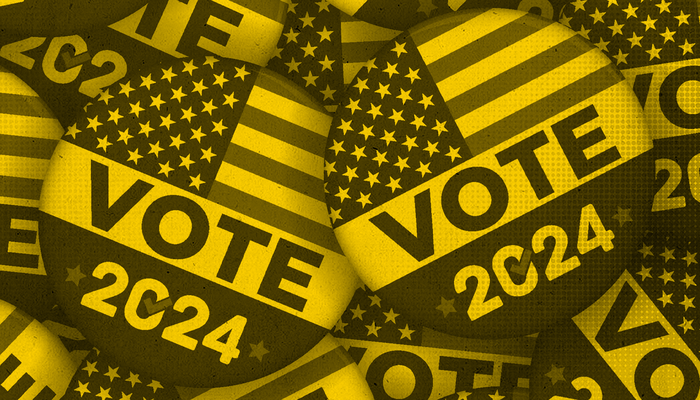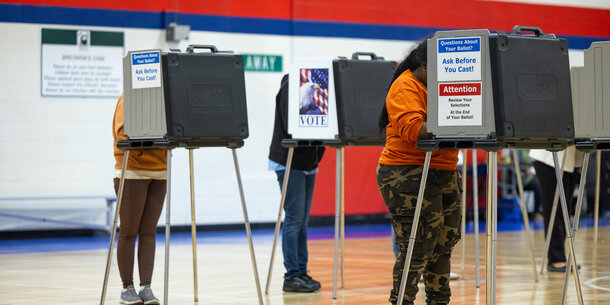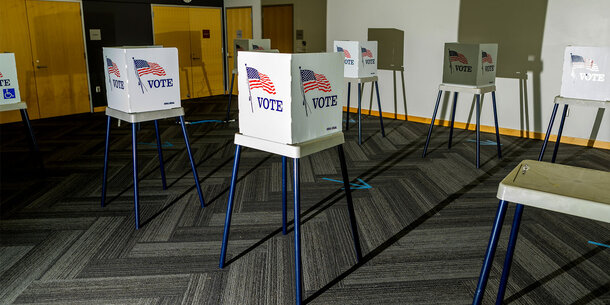When election officials delete names from the voter rolls in an effort to remove outdated registrations or ineligible registrants, this action is called a “purge.” Sometimes officials accidentally purge eligible voters. As a result, these voters may not receive their usual absentee ballot or may show up to vote on Election Day and find that they can’t cast a regular ballot.
Over the last two decades, jurisdictions have substantially increased the rate at which they purge voter rolls. According to the U.S. Election Assistance Commission, over 19 million voters were removed from the rolls between 2020 and 2022. That is an increase of 21 percent compared with 2014–16, which was already an increase of 33 percent from the number of voters removed between 2006 and 2008. Heightening the risk of inaccurate purges, election denial groups have been challenging voters’ eligibility on a massive scale and pressuring officials to investigate large numbers of voters based on outdated or unreliable information.
The Brennan Center advocates to ensure that voter purges are nondiscriminatory and do not disenfranchise eligible voters.













